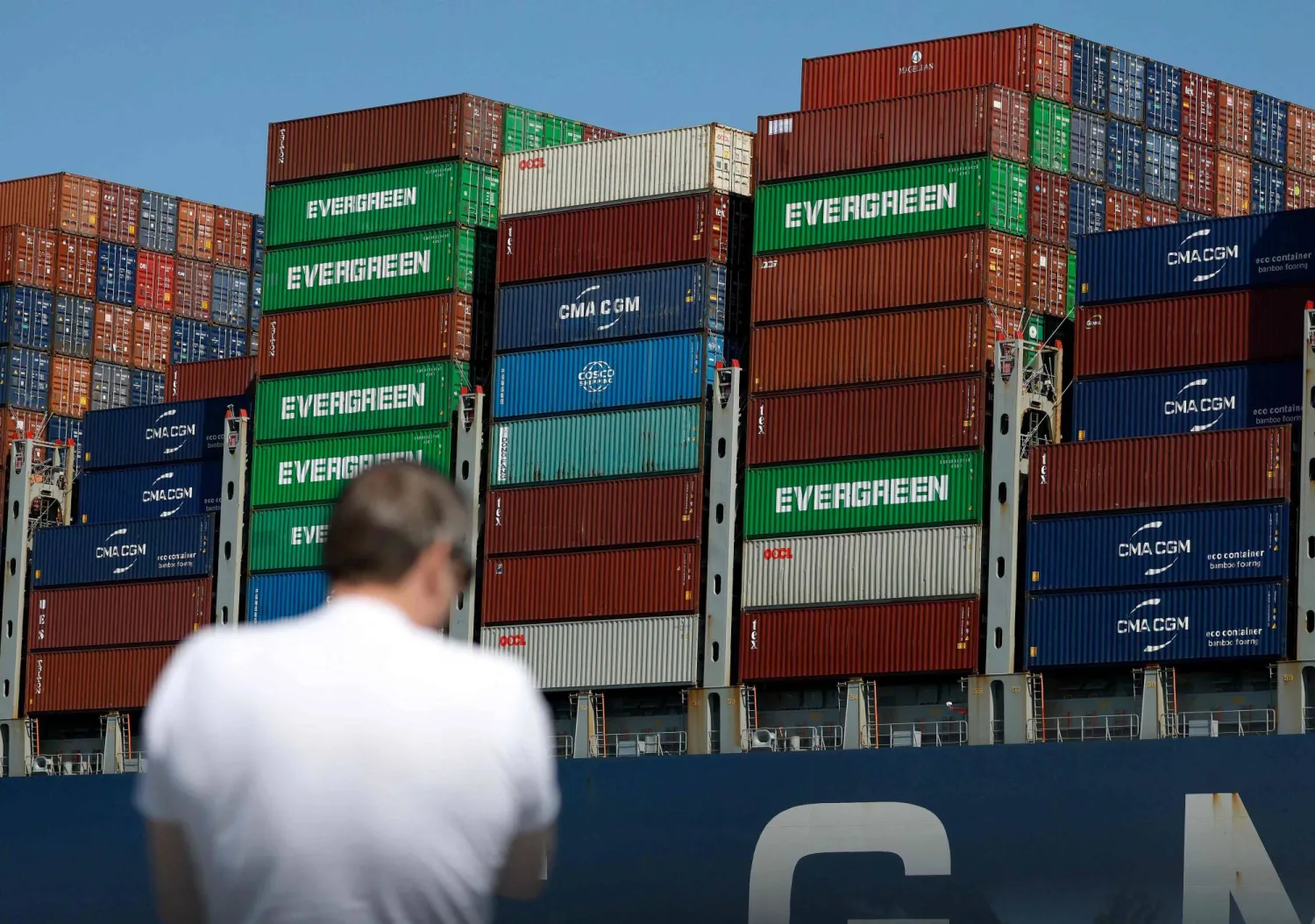Saudi Arabia’s Ministry of Culture, in partnership with the King Abdullah Petroleum Studies and Research Center, revealed plans to set up the “black gold” museum, the first ever permanent creative museum on oil, in Riyadh in July 2022.
A host of celebrated artists from all over the world will showcase their work. Through its various displays, the museum will provide a creative narration of the march of oil in human life from its being a raw material to its contemporary formations. This will be done through innovative artworks based on contemporary expressive concepts.
The museum, which is part of the Quality of Life Program, will be set up in line with the National Vision 2030 Realization Programs.
The black gold museum will fall under the umbrella of the “Specialized Museums” initiative announced by the Ministry of Culture in its first package of initiatives that include art museums specialized in creative fields to be launched in a number of cities across the Kingdom. It will display more than 200 contemporary artworks, and will host annual temporary exhibitions and educational programs for all segments of society.
The museum’s headquarters will host a variety of artistic spaces that include a fixed space for contemporary arts, visual performances and multimedia, as well as a parallel space for temporary exhibitions, a shop and a cafe, conference rooms and spaces for educational and consultancy programs and events.
The museum will tell the story of the unique relationship that was formed between man and oil, through an innovative artistic journey to review the formations of oil from its crude state to other forms.
This exhibits will be divided into four main sections - encounter, dreams, doubts, and the future. Each section will present activities that reinforce the creative concept of the title.
The museum will display artworks that touch emotion and feeling, created by artists from all over the world, telling the story of black gold and reflecting through it all the historical, economic, geopolitical, societal and cultural aspects that oil has contributed to human life.
Creative templates will redefine the concept of museums, with their unfamiliar atmospheres, and their rich worlds with different artistic paths that include painting, fashion, design, drawing, photography, sculpture, films, and models that reveal exceptional skills and talents, giving the visitor a comprehensive knowledge of the topic-oil.
The Ministry of Culture aims with the Black Gold Museum to provide quality museums in the Saudi cultural field, which include creative and inspiring models that contribute to the growth of the cultural movement in the Kingdom. It also aims to promote the concept of “culture as a way of life” by attracting broad segments of society including families, students and tourists and all those interested in visual arts.







